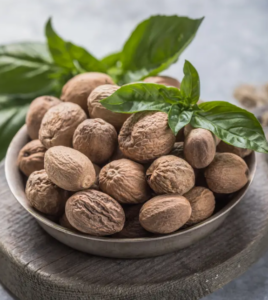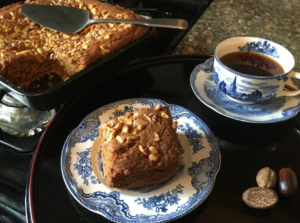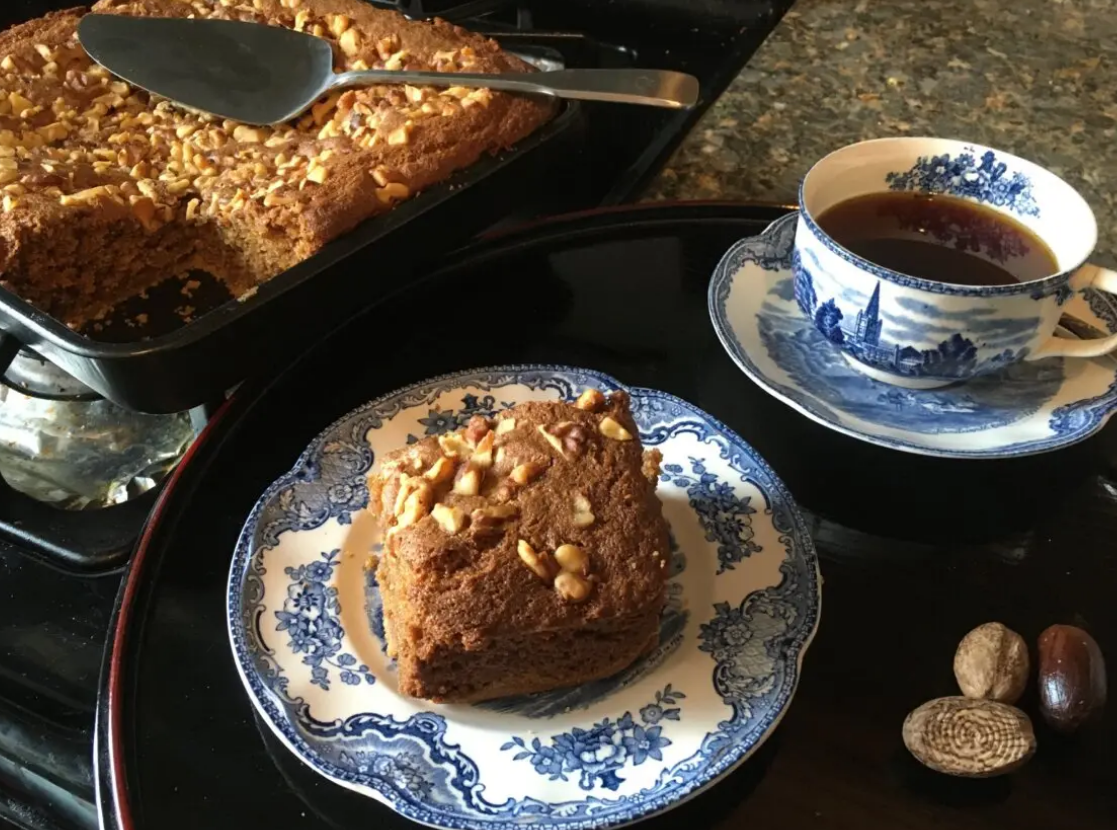Ever since it made its debut in the Western world during the Middle Ages, nutmeg has been a catalyst for conflict and obsession.
Many students in the United States are taught about the Dutch acquiring Manhattan from Native Americans in exchange for trade goods valued at nearly $1,000 in today’s currency. But have you ever pondered what could persuade the Dutch to part with Manhattan? How about nutmeg?
The Spice Islands
Although nutmeg had been a staple in Asian cuisine for centuries, it was the last major spice to find its way into Europe. Historians debate its exact arrival date, often citing mentions in Persian documents by A.D. 1100, but by the 1200s, nutmeg was certainly making its rounds in Europe. In a curious historical tidbit, as part of the preparations for a visit by Holy Roman Emperor Henry VI in 1190, the streets of Rome were fumigated with spices, including what were referred to as “India nuts,” another name for nutmeg. The term “nutmeg” itself comes from the Latin “Nux muscatus,” meaning “musky nut.”
Europeans were initially clueless about the origins of these spices. Arab traders, who were the main suppliers of these exotic goods, spun fantastical tales to deter anyone from seeking out the sources. However, the trade routes led to the Moluccas, a cluster of Indonesian islands in the Malay Archipelago. Among these islands, the Banda Islands, a group of ten tropical volcanic islands, were the exclusive source of nutmeg, with the Bandanese people controlling its market.
In 1493, Pope Alexander VI had divided the world between Spain and Portugal, and by 1512, the Portuguese, exploring their designated territories, had discovered the Moluccas and monopolized the spice trade. They went to extreme lengths, even distributing false maps to lead rival ships astray. However, after the Spanish Armada’s defeat in 1588, other European powers ventured into the fray. When the English and Dutch reached the Banda Islands, the Portuguese had already scaled back their presence due to conflicts with the Bandanese.
For the Dutch, spices were paramount to their economy, leading them to extreme possessiveness. They not only clashed with the Bandanese but also executed any Europeans caught attempting to smuggle nutmeg seeds or saplings out of the islands. To maintain high prices, the Dutch even resorted to destroying vast quantities of nutmeg when their stockpiles grew too large. Yet, their greed knew no bounds. In 1667, the Dutch offered Manhattan to the British in exchange for the one Banda island they did not control.
Despite stringent measures, some managed to smuggle nutmeg seedlings out of the region, attempting to cultivate them elsewhere. However, growing nutmeg proved challenging due to the Dutch’s ruthless tactics and the trees’ unique reproductive system. Nutmeg trees are either male or female, necessitating both genders for successful pollination. The notable exception was Grenada, in the West Indies, where nutmeg trees thrived in similar volcanic soil. Even today, the majority of the world’s nutmeg supply originates from either the Moluccas or Grenada.

Nutmeg Fever
From the 1200s to the 1700s, there was an unprecedented obsession with spices, particularly nutmeg, which explains why so many sought to dominate their trade. Interestingly, with Myristica fragrans, the nutmeg tree, you get two spices in one. The fruit of this tree, about the size of a plum, contains a sizable “nut” or seed, which, when dried, becomes nutmeg. Additionally, the vibrant red web surrounding the seed dries into mace.
Both nutmeg and mace became incredibly popular. Geoffrey Chaucer mentioned “notemuge putte in ale,” and Nicolas Boileau lamented, “Do you like nutmeg? It’s in everything.” In 18th-century England, people even carried personal nutmeg graters with them when dining out. At dinner parties, whole nutmegs would be passed around to each guest so they could use their personal grater to add freshly grated nutmeg to their dish.
There were occasions when mace, with its stronger flavor, nearly overshadowed nutmeg, but ultimately nutmeg remained the preferred choice. As the American colonies expanded, the market for nutmeg continued to grow.
Nutmeg in the Kitchen
For many, nutmeg evokes memories of winter holidays, particularly when sprinkled on eggnog or mixed with other comforting spices like ginger, cinnamon, and cloves. Its festive aroma not only adds to the holiday spirit but also aids digestion and promotes a sense of well-being. Interestingly, nutmeg contains a chemical compound that can uplift your mood, although excessive consumption can lead to serious side effects.
Despite its holiday associations, nutmeg is a versatile spice enjoyed year-round. In French cuisine, nutmeg enhances béchamel sauce, one of the foundational “mother sauces.” It pairs exceptionally well with spinach dishes, particularly creamed spinach, as well as with pork and ham preparations like breakfast sausage. Nutmeg’s warm flavor also complements dishes featuring butternut squash.
Moreover, nutmeg adds depth and richness to cakes and pastries. Take, for instance, the following recipe for Armenian nutmeg cake, where the use of freshly grated nutmeg elevates the flavor profile.

Armenian Nutmeg Cake (Meshgengouz Gargantag)
This versatile cake can be enjoyed hot or cold, as a breakfast treat or dessert. It boasts a delightful contrast of textures—a slightly crunchy base topped with a moist, fragrant layer.
Serves 9 to 12
Ingredients:
- 2 cups white flour
- 1 teaspoon baking powder
- 1 pinch salt
- 1/2 cup butter
- 2 cups firmly packed brown sugar
- 1 teaspoon baking soda
- 1/2 cup heavy cream
- 1/2 cup sour cream
- 1 egg, lightly beaten
- 1 teaspoon freshly grated nutmeg
- 1/2 cup chopped walnuts
Instructions:
Grease a 9-inch square baking pan. Preheat the oven to 350 degrees F (175 degrees C).
In a bowl, combine the flour, baking powder, and salt. Rub in the butter until the mixture resembles fine breadcrumbs. You can use your fingers or a food processor for this step.
Stir in the brown sugar until well combined. Press half of this flour and sugar mixture into the bottom of the prepared cake pan.
In another bowl, beat the sour cream into the heavy cream until smooth. Dissolve the baking soda in the cream mixture, then stir in the beaten egg and nutmeg.
Add the cream mixture to the remaining half of the flour and sugar mixture, stirring until thoroughly combined. Pour this batter into the cake pan, smoothing it out evenly. Sprinkle the chopped walnuts evenly over the batter.
Bake for 40 to 55 minutes, or until a toothpick inserted into the center comes out clean (test at 40 minutes).
Allow the cake to cool in the pan for 10 minutes before serving. Enjoy!

